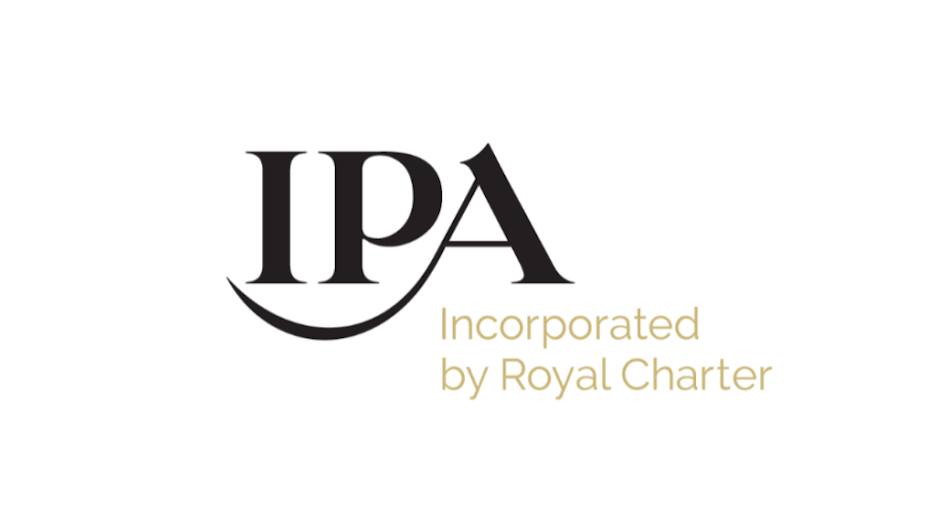
Lockdown Drives 92% Gulf Between Different Generations’ Commercial Media Habits

There was a significant drop in the correlation between how the younger and older generations spent their time with commercial media during lockdown 2020, highlighting the need to deploy diverse media plans. This is just one of the core findings unpicked in a new IPA TouchPoints report, published yesterday (9th February 2021), which looks at the evolution of the commercial media landscape of the Great British population over the last 15 years, including life under lockdown in 2020 and beyond.
‘Making sense. The commercial media landscape’ (3rd edition) reveals that there was only an 8% similarity between 16-34-year-olds and 55+ in how they spent their commercial media time during lockdown 2020. This was down from a 21% similarity between the generations in pre-lockdown 2020 and a significant fall from 58% in 2015, highlighting the pace of change in just five years and the impact that lockdown has had in accelerating trends, namely the diversification of media habits between the generations.
According to the unique study that uses a single source dataset, TouchPoints, to analyse reach and time spent with commercial media, 79% of 16-34s’ total commercial media time was spent on digital channels during lockdown 2020, up from 76% pre-lockdown 2020. This is far higher than for all adults, with 48% of their total commercial media time spent on digital channels during lockdown 2020. Interestingly though, this is down from pre-lockdown 2020 when 51% of all adults’ total commercial media time was spent on digital, revealing more consumers turned to non-digital channels for their media during lockdown 2020, such as Commercial Live/Recorded TV and Newsbrands (Print).
Additional, key report findings:
- In early 2020, Out of Home (OOH) was the largest overall reach medium (96%) and, even as the country went into 2020 lockdown, it only shifted to second place (78%), behind Live/Recorded TV for all adults (at 83% in lockdown 2020 and 85% in early 2020), albeit unsurprisingly time spent fell significantly for OOH during lockdown.
- Online video has seen the most significant growth of any channel over the past five years and for the first time has commanded more time than recorded/live TV for 16-34s in Lockdown 2020 (at 18% of their total time spent with commercial media vs 14% for recorded/Live TV).
- Despite the perceived rapid growth of subscription-based services such as Netflix, Prime Video and Disney+ taking commercial media share, the share of total media time which is not funded by advertising has only increased from 34% to 38% in the five years from 2015-2020. Although this did go up further, to 40% during lockdown 2020.
- The TV set saw a comeback during 2020 lockdown: all adults’ total commercial media time watching a television set reduced slightly from 41% in 2015 to 38% in 2020, but in lockdown 2020 this shifted upwards to 40%. However, mobile (smartphone + tablet) now command over double the share of time (56%) that 16-34s spent with the TV set (23%).
- No channel can reach 90% of all GB adults, with the exception of Out of Home pre-lockdown 2020.
Says Simon Frazier, senior research and marketing manager, IPA: “The study focuses solely on media in which advertising can be bought to allow the opportunity to look at the expected growth and decline trajectories of commercial media channels in 2020 through pre-lockdown data and also how quickly established patterns and behaviours changed under lockdown. All with the aim of providing clarity of where brands should focus their research, attention and effort to continue to thrive post Covid-19.
“What is clear is that the lockdown has undoubtedly reinforced the dominance of key media for the different audiences and exacerbated the differences. This greater fragmentation of the landscape means the ability for a single commercial channel to deliver comprehensive reach to all adults has significantly diminished. A ‘one size fits all’ media approach is likely to be less effective than it was previously – with a mix of both digital and non-digital required for ultimate brand-building success.”
Making Sense: The Commercial Media Landscape (third edition) is available as a free digital download and flipbook, and the data is available as a free download in Excel format from the IPA website.
The IPA’s Simon Frazier will be presenting and discussing the findings with Sarah Gale, director of research and insight, global, and Claire Linford, insight associate director, OMD in a free, live IPA webinar – 10-11am, Tuesday 9th February.










